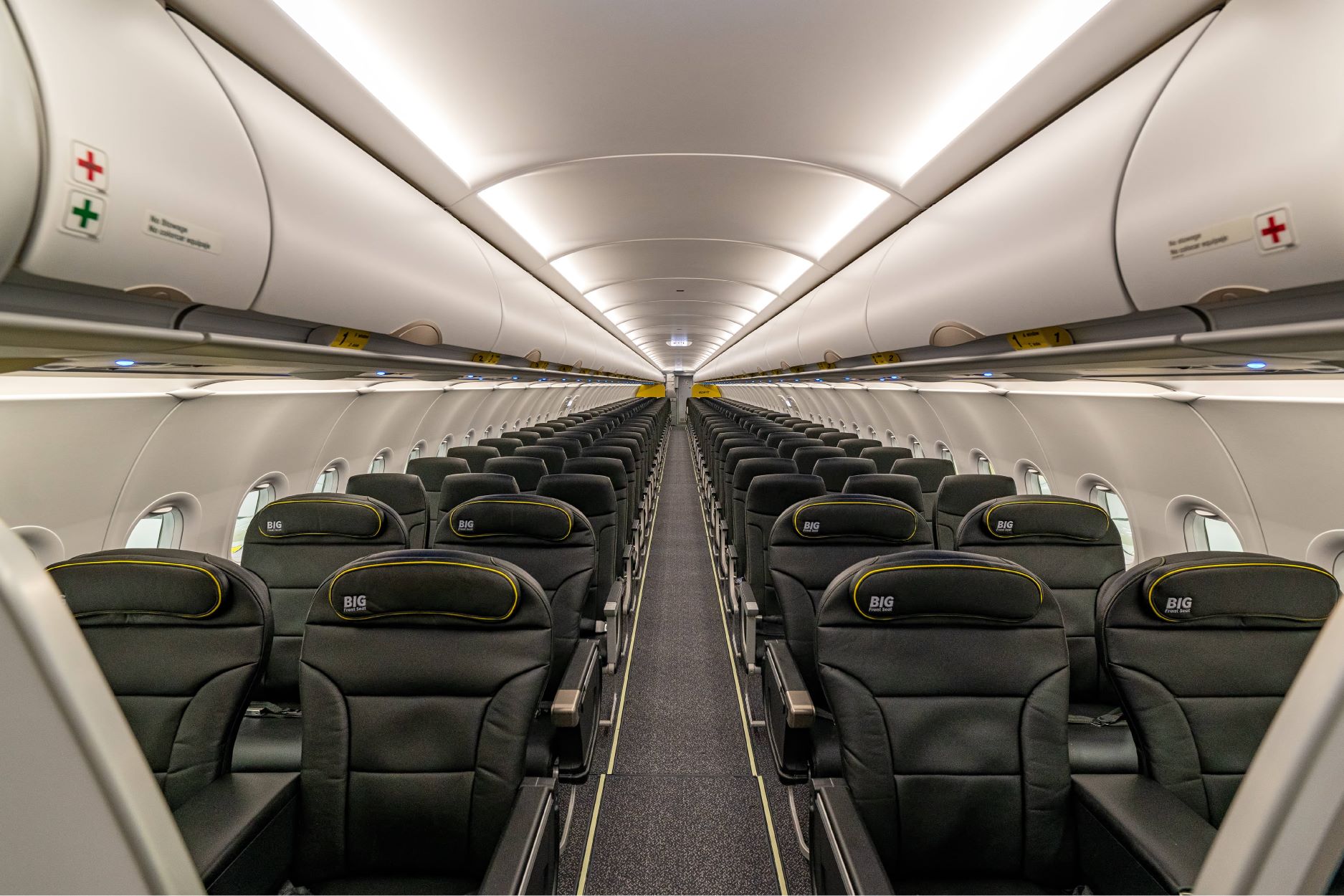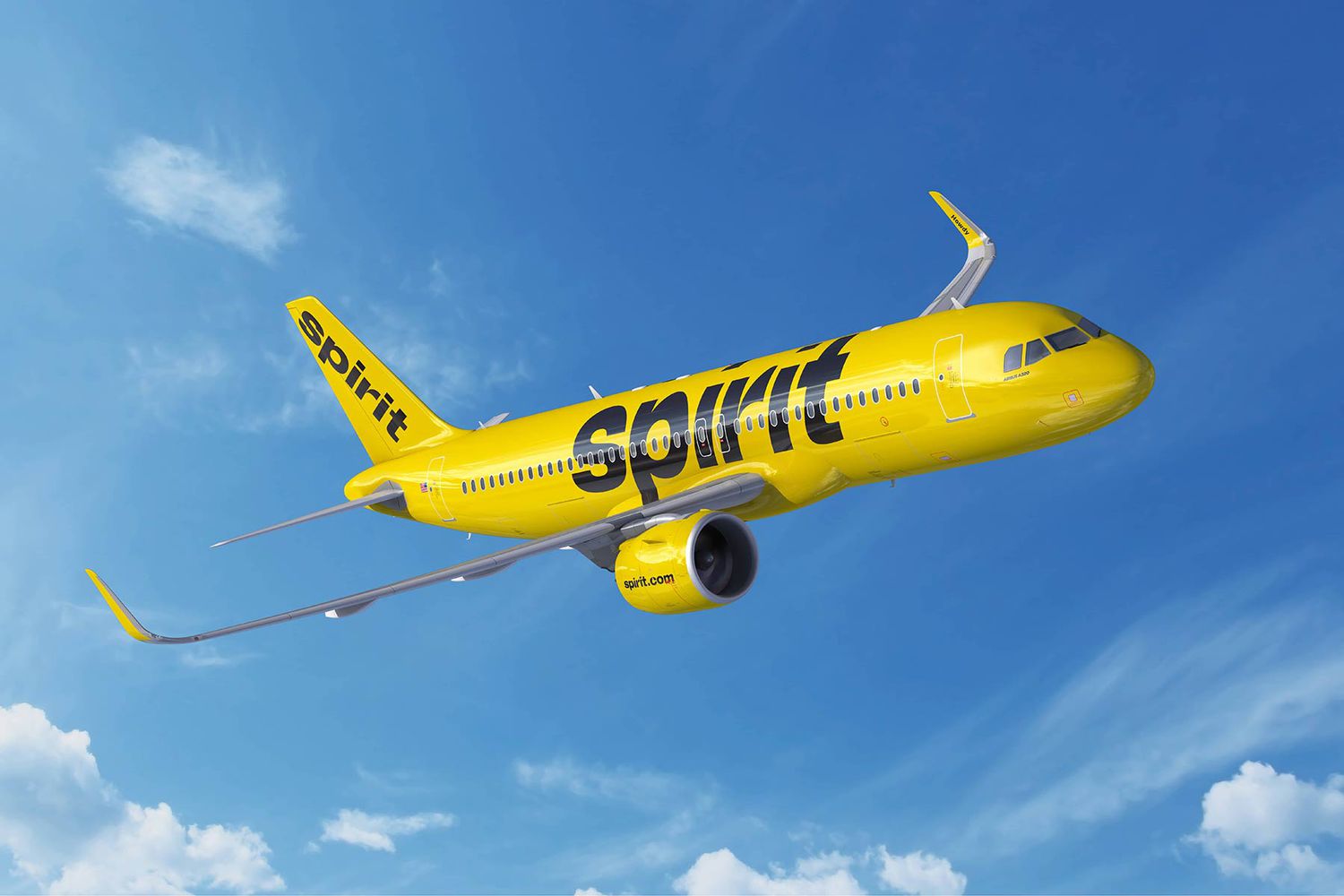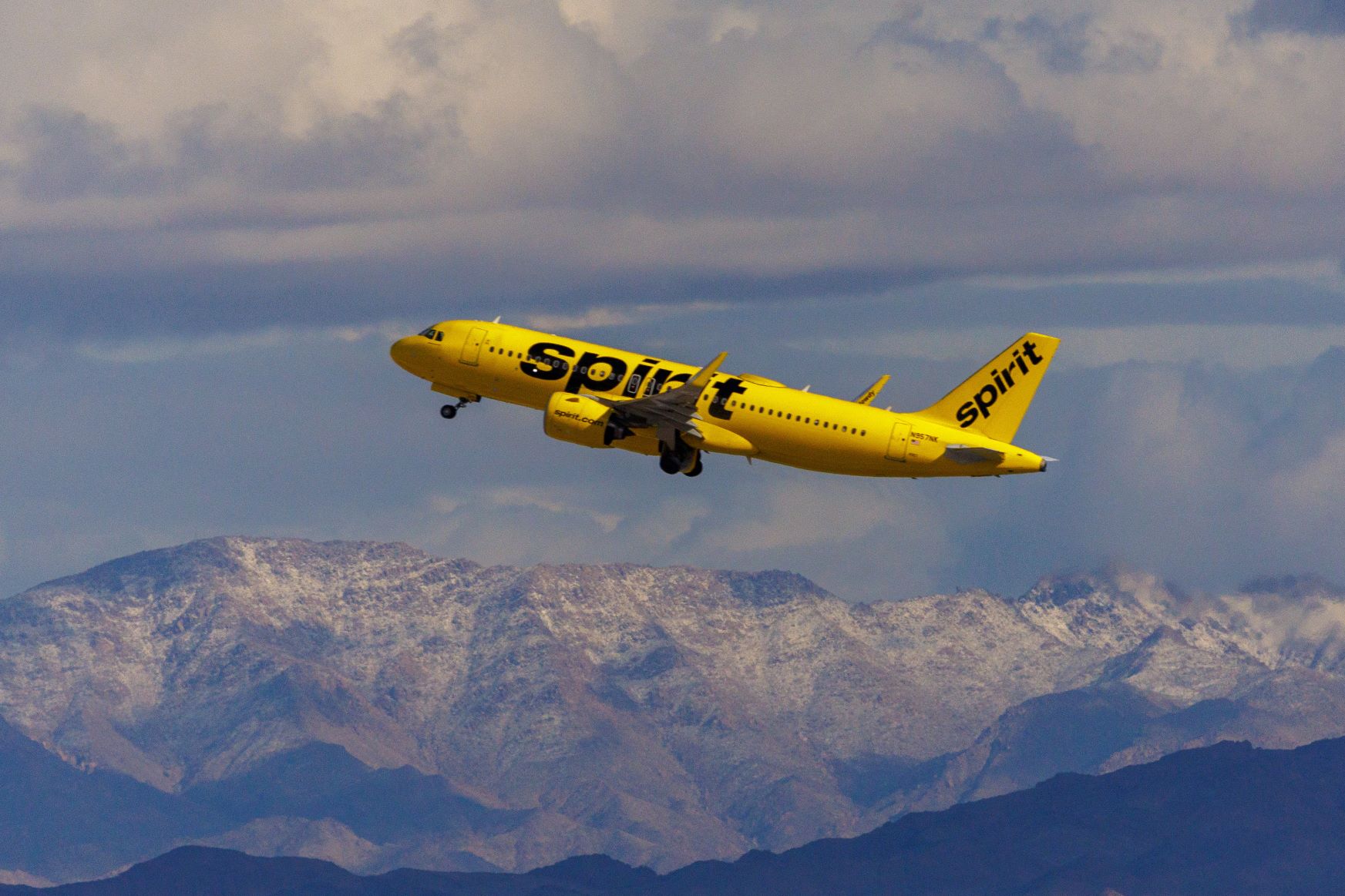Originally established in Detroit as a charter air company during the 1960s, Spirit Airlines (SAVE) has since evolved into a major player in the market, specializing in low-cost flights to popular vacation spots.
In 1999, the airline relocated its headquarters to Miramar, Florida, reflecting its growing focus on the leisure travel segment.
Spirit’s route network primarily revolves around flights from key Florida cities such as Miami, Orlando, Fort Lauderdale, Tampa, Fort Myers, and West Palm Beach to various destinations across the country.
Notably, the route between Fort Lauderdale-Hollywood International Airport (FLL) and Atlanta’s Hartsfield Jackson (ATL) stands out as the airline’s busiest, with nearly 300 flights operating between the two cities in January 2024.

During the Routes America conference in Colombia, Spirit Airlines’ Chief Commercial Officer, Matt Klein, expressed the airline’s strategic intent to diversify its route network beyond its strong presence in Florida.
Facing consecutive quarters of losses, including a recent net loss of $183.65 million despite generating $1.2 billion in revenue, Spirit Airlines has been exploring avenues to improve its financial performance.
The airline’s proposed acquisition by JetBlue Airways (JBLU) was halted by a federal judge in February 2024, prompting Spirit to reevaluate its business strategy.
In response, Spirit aims to transform Fort Lauderdale into a key connecting hub, particularly for passengers traveling to Caribbean and Latin American destinations.

However, the airline plans to reduce its flights originating from Florida, particularly from Orlando and Miami, where competition is fierce and demand is not as robust.
Operational challenges, such as the recall of Pratt & Whitney engines used in Spirit’s aircraft, have necessitated adjustments to the airline’s flight schedule.







Leave a Reply